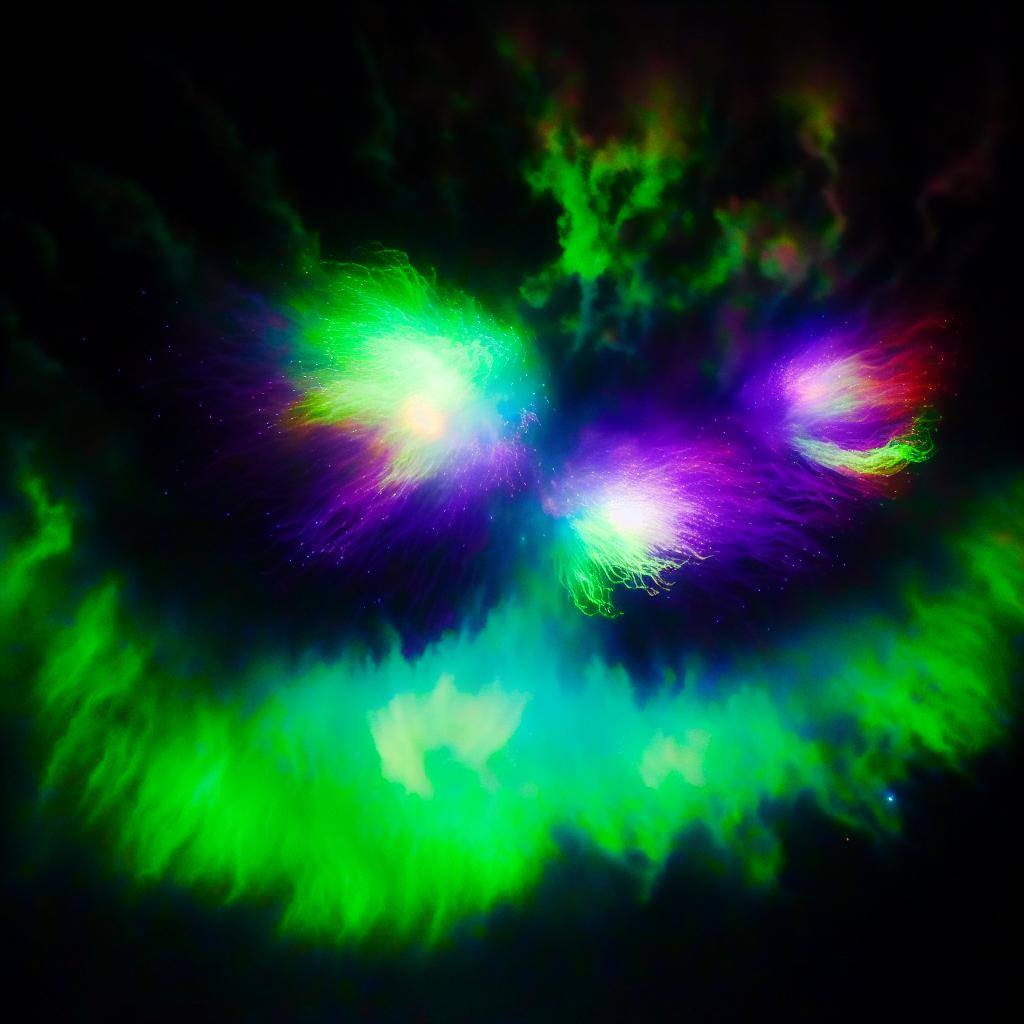Unlocking the Mystery of the Northern Lights
The Northern Lights, or aurora borealis, have long captivated observers with their ethereal dance across the night sky. These luminous displays are not merely visual wonders; they are the result of complex interactions between the Earth's magnetosphere and solar wind. Charged particles expelled from the sun are funneled towards the poles by Earth's magnetic field, where they collide with atmospheric gases, releasing energy in the form of light. This process creates the shimmering curtains of color that are the hallmark of the aurora.
Understanding the northern lights involves a multidisciplinary approach, combining astronomy, physics, and atmospheric science. Researchers use a variety of tools, from ground-based observatories to space-borne satellites, to unravel the secrets of auroral mechanisms. By studying the aurora, scientists gain insights into the dynamic processes that protect our planet from solar radiation and contribute to space weather.
Geomagnetic Storms: The Power Behind the Aurora
Geomagnetic storms are the engine driving the breathtaking aurora displays. These storms originate from the solar wind, a stream of charged particles released from the sun's atmosphere. Occasionally, the sun emits bursts of high-energy particles, known as coronal mass ejections (CMEs), which can cause particularly strong geomagnetic storms upon colliding with Earth's magnetic field. The intensity of the storm is determined by the speed, density, and magnetic orientation of the incoming solar wind.
These storms can have profound effects on Earth, ranging from beautiful auroral displays to disruptions in satellite communications and power grids. Scientists monitor solar activity and geomagnetic indices to predict these storms, striving to mitigate their potential impact on modern technology.
The Colors of the Aurora: How Altitude Affects Hue
The aurora borealis is not only a marvel of motion but also of color. The specific hues observed in the northern lights are determined by the type of gas molecules involved and the altitude at which the interactions occur. Oxygen and nitrogen, the two main components of Earth's atmosphere, produce the majority of the colors. At altitudes above 150 miles, oxygen emits a rare, alluring red glow, while at lower altitudes, it gives off the more common green color. Nitrogen, on the other hand, can produce both blue and purplish-red colors depending on the energy of the collision.
The blending of these colors results in the characteristic palette of the aurora borealis, from greenish-yellow and pink to the rarer reds and violets. By studying the colors and their altitudes, scientists can infer details about the density and composition of the Earth's atmosphere in these remote regions.
From Solar Winds to Stunning Lights: The Journey of Charged Particles
The journey of charged particles from the sun to the Earth's atmosphere is a voyage spanning millions of miles through space. Ejected from the sun's corona, these particles are carried by the solar wind and must overcome various obstacles, such as the Earth's magnetic field and the protective magnetosphere. Upon reaching Earth, the particles are directed towards the poles by the geomagnetic field lines.
As the charged particles descend into the Earth's upper atmosphere, they encounter molecules of oxygen and nitrogen, and the energy exchange that ensues is what powers the luminous glow of the aurora. This incredible journey from the sun to our skies is a testament to the interconnected nature of our solar system and the delicate balance that sustains life on our planet.
Predicting the Aurora: The Science of Forecasting Geomagnetic Activity
Predicting the occurrence and intensity of the northern lights is a complex endeavor that relies on understanding the patterns of solar activity. Scientists use various methods, such as observing sunspots, tracking solar flares, and measuring the solar wind, to forecast geomagnetic storms. Space weather models incorporate these data to predict the likelihood of auroral displays.
Efforts to refine aurora forecasting are ongoing, with implications for both enthusiasts eager to witness this natural wonder and for industries that may be affected by strong geomagnetic storms. As technology advances, so too does our ability to predict and prepare for the stunning yet potentially disruptive events born from the sun’s activity.



.jpg)







0 Comments